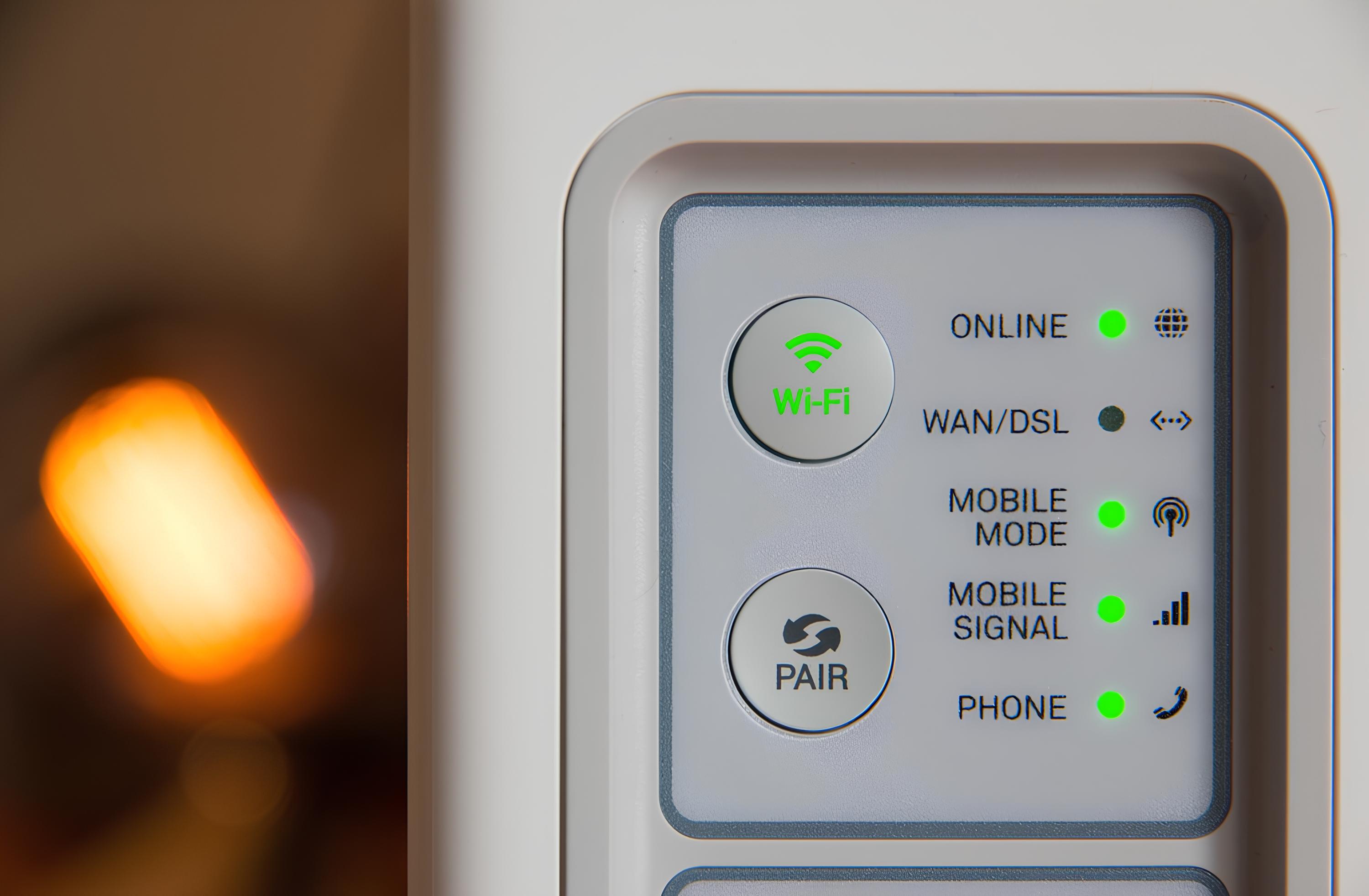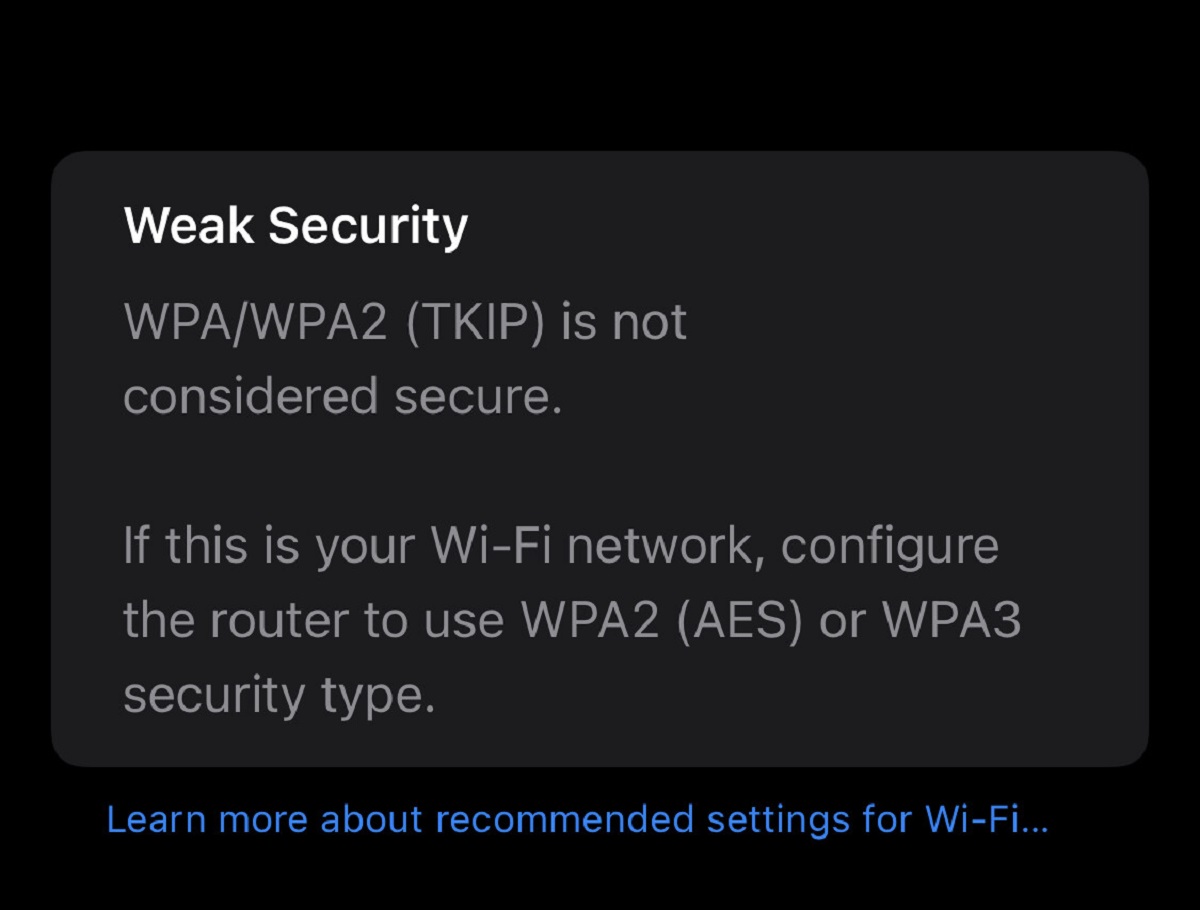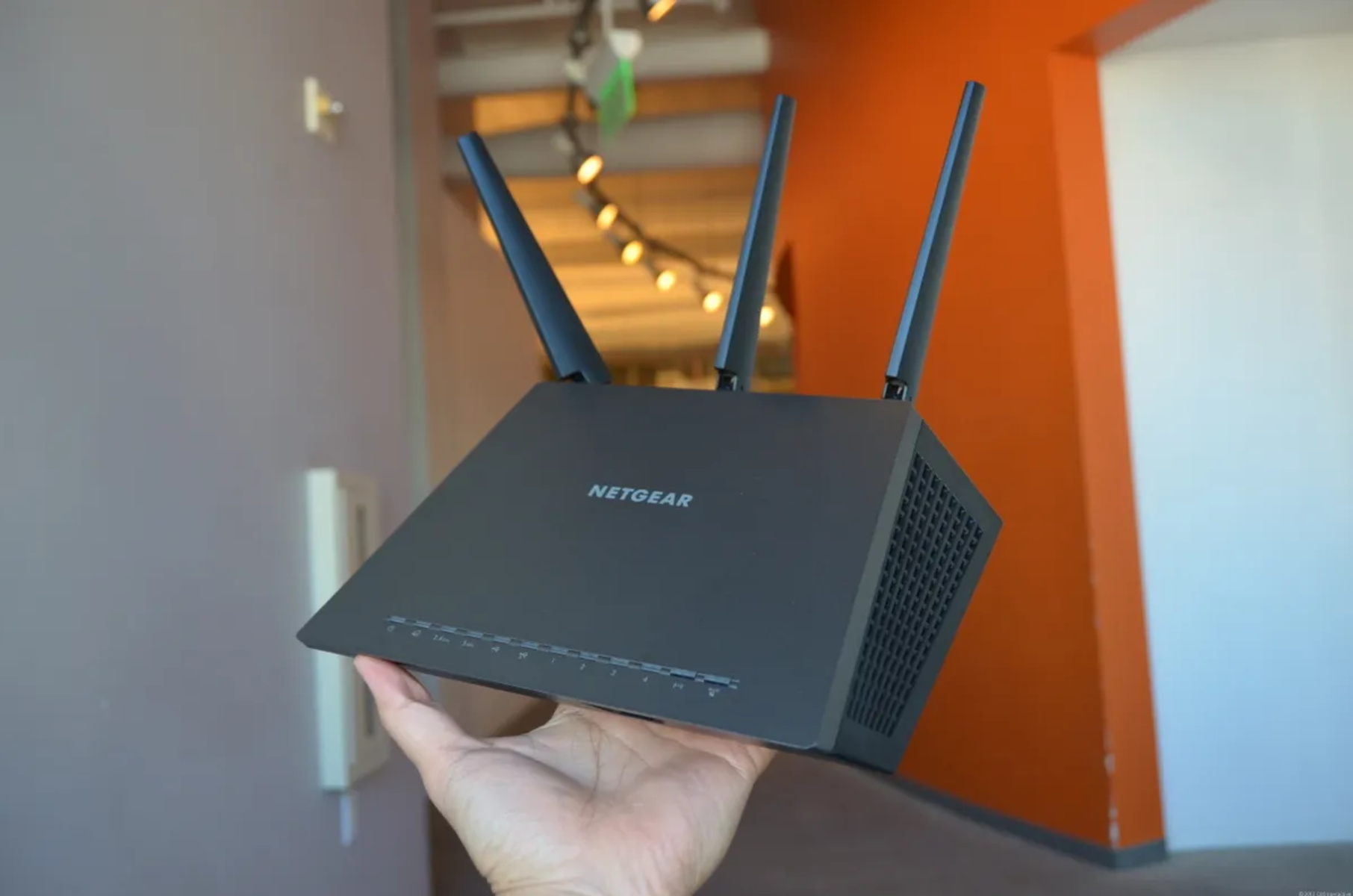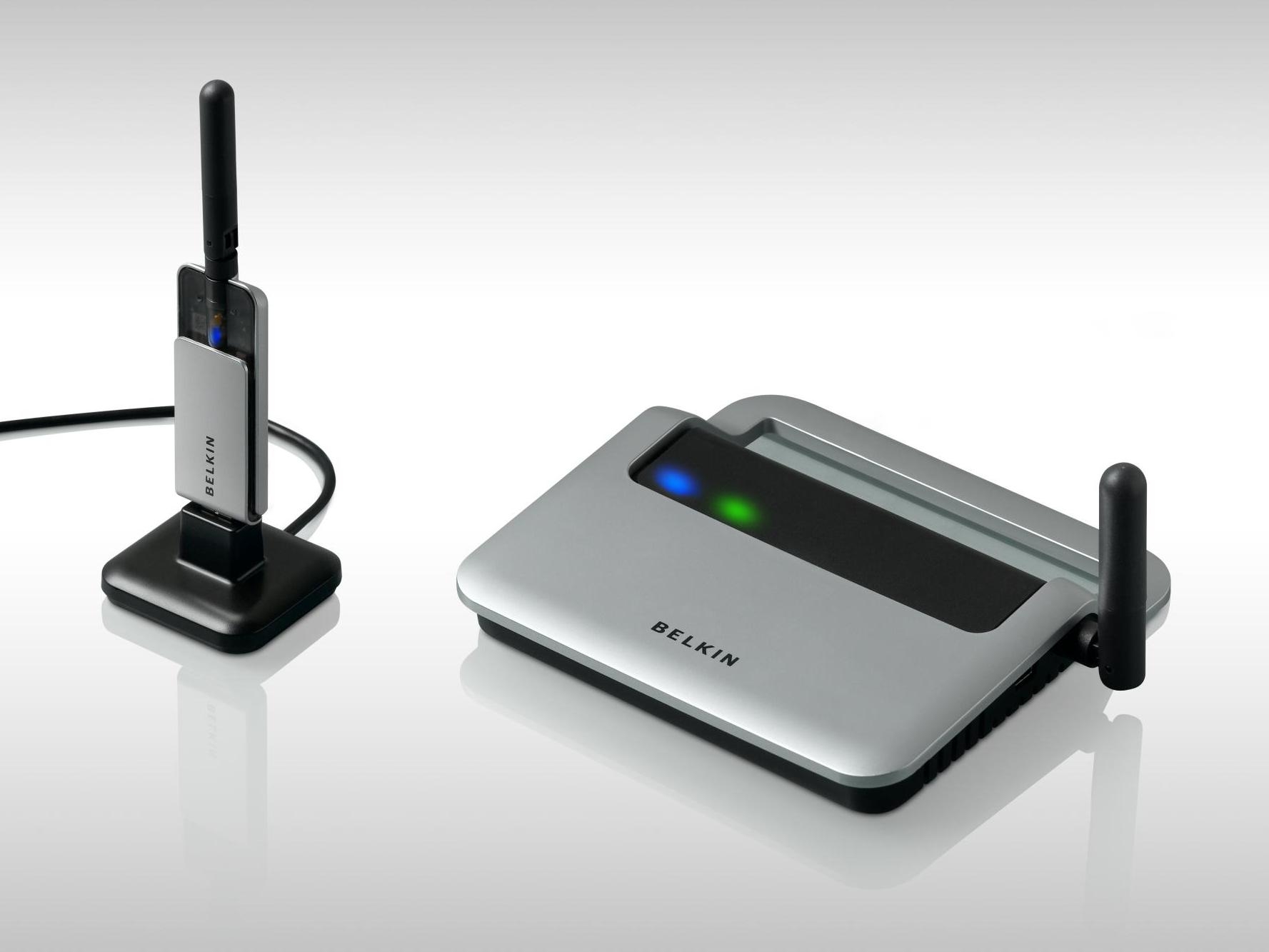What is WPS?
WPS, or Wi-Fi Protected Setup, is a network security standard designed to simplify the process of connecting devices to a secure wireless network. It was developed to provide a user-friendly method for setting up a secure wireless home network, especially for users who may not have extensive technical knowledge.
WPS operates by allowing a user to press a physical button on the wireless router or access point, or by entering a PIN code, to automatically establish a secure connection with a WPS-enabled device, such as a smartphone, tablet, or printer. This streamlined approach eliminates the need to manually configure network settings, such as SSID and encryption keys, which can be challenging for non-technical users.
The two primary methods of WPS authentication are the push-button method and the PIN method. The push-button method involves pressing a physical button on the router and then activating WPS on the connecting device within a specific time frame. Meanwhile, the PIN method requires entering an eight-digit PIN provided by the router into the connecting device to establish the connection.
WPS is especially beneficial in scenarios where multiple devices need to be connected to a network quickly and securely, such as in a small office or home environment. By simplifying the setup process, WPS aims to enhance user experience and promote widespread adoption of secure wireless networking.
However, it is important to note that while WPS was intended to improve convenience and security, it has also been the subject of security concerns due to vulnerabilities that can be exploited by attackers. These vulnerabilities have prompted many experts to recommend disabling WPS on wireless routers and access points to mitigate potential security risks.
In summary, WPS is a convenient and user-friendly method for securely connecting devices to a wireless network, but its susceptibility to security vulnerabilities has raised concerns among cybersecurity professionals. Understanding the functionality and implications of WPS is crucial for ensuring the security of wireless networks.
How does WPS work on a hotspot?
WPS operates on a hotspot in a manner similar to its functionality on a traditional wireless router. When WPS is enabled on a hotspot, it allows users to connect their devices to the network with minimal effort. This streamlined process is particularly advantageous in public locations, such as cafes, airports, or hotels, where users may require quick and hassle-free access to the wireless network.
On a hotspot, the push-button method and the PIN method are the primary mechanisms through which WPS facilitates device connections. The push-button method involves pressing a physical button on the hotspot, which activates the WPS functionality for a limited duration. During this time frame, users can initiate WPS on their devices, and the connection is established without the need to manually enter the network's SSID or passphrase.
Alternatively, the PIN method allows users to connect to the hotspot by entering an eight-digit PIN provided by the hotspot into their devices. This method is especially useful when the device does not have a WPS button for the push-button method. Once the correct PIN is entered, the connection is automatically configured, granting the user access to the network.
In both scenarios, WPS simplifies the process of connecting to a hotspot, offering a convenient alternative to traditional network configuration methods. This user-friendly approach is designed to enhance the overall experience for individuals seeking seamless access to wireless connectivity in public spaces.
However, while WPS can be advantageous for users, it is essential to acknowledge the potential security implications associated with its use on hotspots. The vulnerabilities inherent in WPS, particularly in the PIN method, can pose security risks if exploited by malicious actors. Therefore, hotspot operators and network administrators must carefully weigh the convenience of WPS against the potential security threats and take appropriate measures to safeguard the network and its users.
Overall, understanding how WPS functions on a hotspot provides valuable insight into the ease of connecting to public wireless networks. This knowledge empowers users to make informed decisions regarding their network connections while encouraging hotspot operators to prioritize security in conjunction with user convenience.
Why is WPS important on a hotspot?
In the context of a hotspot, WPS holds significance due to its ability to streamline the process of connecting to a wireless network, thereby enhancing user convenience and accessibility. Hotspots, often found in public settings such as cafes, airports, and hotels, serve as vital access points for individuals seeking internet connectivity on the go. In such environments, where users may have limited time and varying levels of technical expertise, the simplicity offered by WPS can significantly improve the overall user experience.
The importance of WPS on a hotspot lies in its capacity to facilitate swift and hassle-free connections for users. By enabling WPS, hotspot operators can cater to the diverse needs of their clientele, offering a user-friendly method for accessing the wireless network. This is particularly beneficial for individuals who may not be well-versed in configuring network settings or navigating complex authentication processes. With WPS, users can effortlessly connect their devices to the hotspot without the need for extensive technical knowledge, thereby promoting inclusivity and accessibility.
Moreover, the implementation of WPS on a hotspot aligns with the evolving expectations of modern technology users. In today's fast-paced digital landscape, individuals value efficiency and convenience in their interactions with technology. WPS addresses these expectations by simplifying the connection process, allowing users to quickly and securely access the internet without cumbersome setup procedures. This seamless experience contributes to a positive perception of the hotspot's services, fostering customer satisfaction and loyalty.
Additionally, WPS plays a pivotal role in supporting the overall functionality and utility of hotspots. By reducing the barriers to network access, WPS encourages greater utilization of the hotspot's services, thereby maximizing its potential impact and value to the community. Whether individuals require internet connectivity for work, communication, or leisure, the presence of WPS ensures that the hotspot remains an accessible and user-centric resource for a wide range of needs.
However, it is essential to balance the advantages of WPS with a thorough consideration of its potential security implications, especially in public hotspot environments. While WPS offers undeniable benefits in terms of user convenience, hotspot operators must remain vigilant in addressing any associated security risks to safeguard the integrity of the network and the privacy of its users.
In essence, the importance of WPS on a hotspot stems from its capacity to enhance user experience, promote inclusivity, and support the seamless functionality of public wireless networks. By optimizing the process of connecting to a hotspot, WPS contributes to the accessibility and efficiency of wireless internet services, aligning with the evolving needs and expectations of modern technology users.
Security concerns with WPS on a hotspot
While WPS offers convenience in connecting to a hotspot, it also introduces notable security concerns that necessitate careful consideration by hotspot operators and network administrators. One of the primary security vulnerabilities associated with WPS on a hotspot relates to the PIN method, which can be exploited by malicious actors to gain unauthorized access to the network.
In the PIN method, an eight-digit PIN is utilized to authenticate a device's connection to the hotspot. However, the inherent weakness of this approach lies in the manner in which the PIN is authenticated. Unlike other network authentication methods that incorporate lockout mechanisms after a certain number of failed attempts, WPS does not implement such protective measures for the PIN method. This absence of lockout protection renders the PIN susceptible to brute-force attacks, wherein an attacker systematically attempts various combinations until the correct PIN is identified, thereby compromising the network's security.
Furthermore, the standardized nature of WPS implementations across different devices and manufacturers exacerbates the security risks associated with WPS on a hotspot. This uniformity creates a potential avenue for attackers to exploit known vulnerabilities that transcend specific hardware or software configurations. Additionally, the push-button method, while convenient, can also be susceptible to unauthorized connections if the WPS activation window coincides with an attacker's attempt to infiltrate the network.
Moreover, the proliferation of automated tools and techniques designed to exploit WPS vulnerabilities underscores the urgency of addressing security concerns associated with WPS on a hotspot. These tools leverage weaknesses in WPS protocols to gain unauthorized access, posing a significant threat to the confidentiality and integrity of the hotspot's network traffic.
In light of these security concerns, hotspot operators and network administrators must carefully evaluate the necessity of WPS in their environments and consider the potential risks it introduces. While WPS offers convenience, its vulnerabilities demand proactive measures to mitigate security threats. One effective approach involves disabling WPS on the hotspot, thereby eliminating the associated security vulnerabilities and promoting a more secure network environment.
By prioritizing security measures and implementing best practices, such as disabling WPS and utilizing robust encryption protocols, hotspot operators can bolster the security posture of their networks while continuing to provide seamless and reliable wireless connectivity to their users. Additionally, raising awareness among hotspot users about the security implications of WPS and promoting secure connection practices can contribute to a more resilient and protected wireless environment.
In essence, while WPS enhances user convenience, its security concerns on a hotspot necessitate proactive measures to safeguard the network and its users from potential threats and unauthorized access. By addressing these concerns and implementing robust security practices, hotspot operators can uphold the integrity and reliability of their wireless networks, ensuring a safe and secure connectivity experience for all users.
How to disable WPS on a hotspot
Disabling WPS on a hotspot is a critical step in mitigating the security vulnerabilities associated with the WPS protocol. By deactivating WPS functionality, hotspot operators and network administrators can significantly enhance the security posture of the wireless network, reducing the risk of unauthorized access and potential exploitation of WPS vulnerabilities.
The process of disabling WPS on a hotspot typically involves accessing the hotspot's administrative interface, often through a web browser, and navigating to the wireless settings or security settings section. Within these settings, there is usually an option to disable WPS, which may be labeled as "WPS," "Wi-Fi Protected Setup," or a similar designation, depending on the specific hotspot's configuration interface.
Upon locating the WPS settings, hotspot operators can choose to disable WPS functionality by selecting the appropriate option and saving the changes. It is essential to ensure that the changes are successfully applied and that WPS is effectively deactivated to prevent any inadvertent reactivation of the feature.
In some instances, hotspot devices may offer additional security features or advanced settings related to WPS deactivation. These settings may provide further customization options for disabling WPS, such as the ability to completely remove WPS from the wireless network's configuration or to restrict WPS functionality to specific devices or network segments.
After disabling WPS, it is advisable for hotspot operators to conduct thorough testing to confirm that the WPS functionality has been successfully deactivated and that all associated security vulnerabilities have been mitigated. This validation process helps ensure that the wireless network remains secure and resilient against potential WPS-related threats.
Furthermore, proactive communication with hotspot users regarding the decision to disable WPS can contribute to an increased awareness of the security measures implemented by the hotspot operator. Informing users about the rationale behind disabling WPS and highlighting the commitment to maintaining a secure wireless environment fosters a sense of trust and confidence among the hotspot's user community.
By taking these steps to disable WPS on a hotspot and communicate the security enhancements to users, hotspot operators demonstrate a proactive approach to safeguarding the network against potential security risks. This proactive stance aligns with best practices in network security and reinforces the commitment to providing a secure and reliable wireless connectivity experience for all users of the hotspot.

























